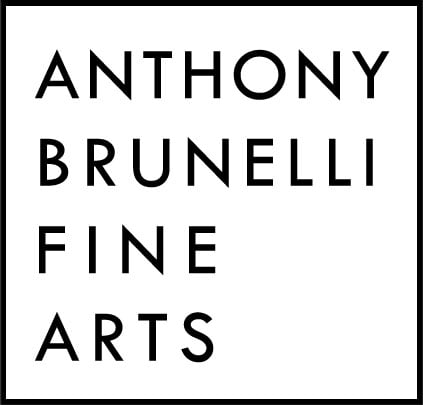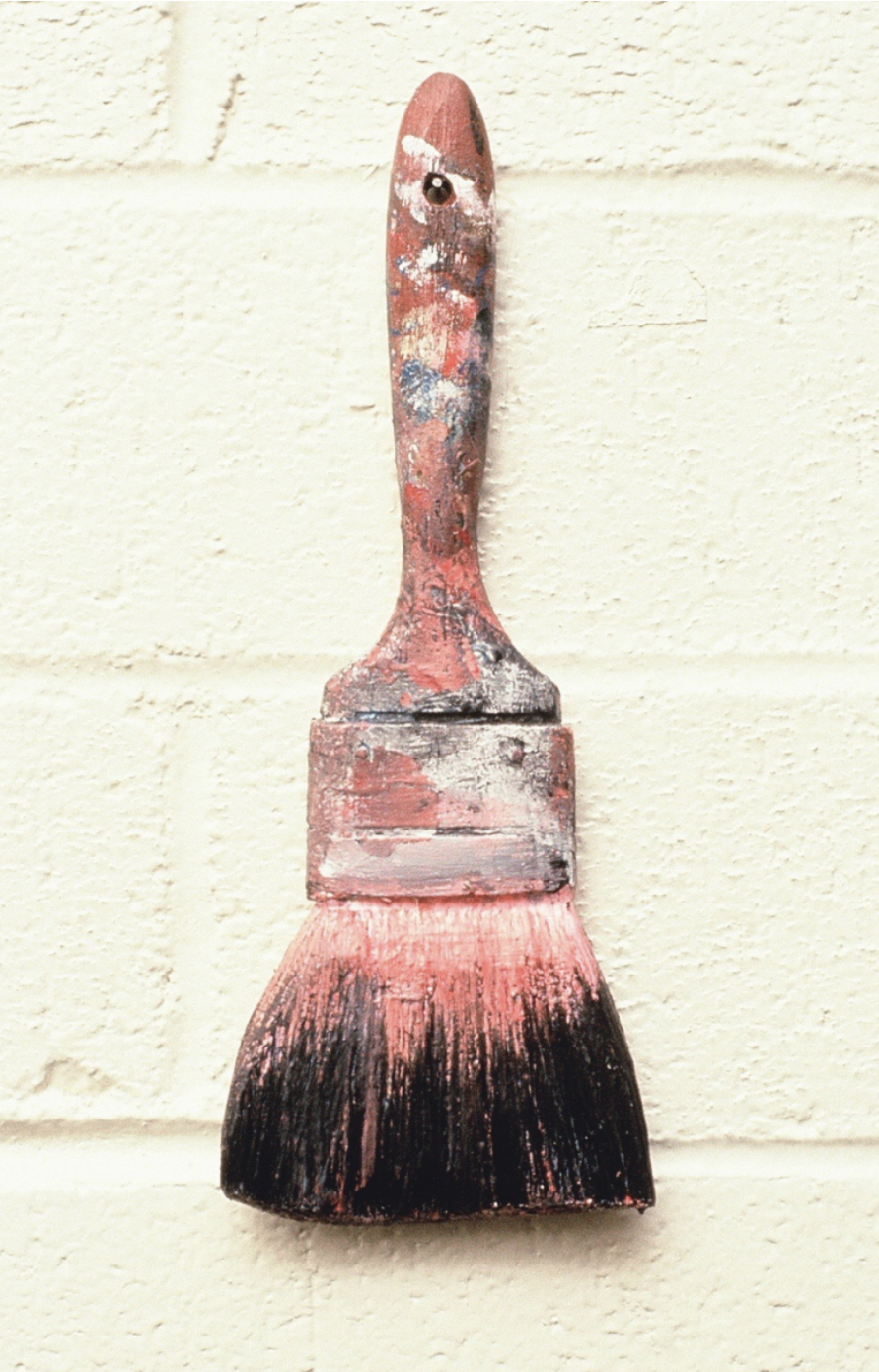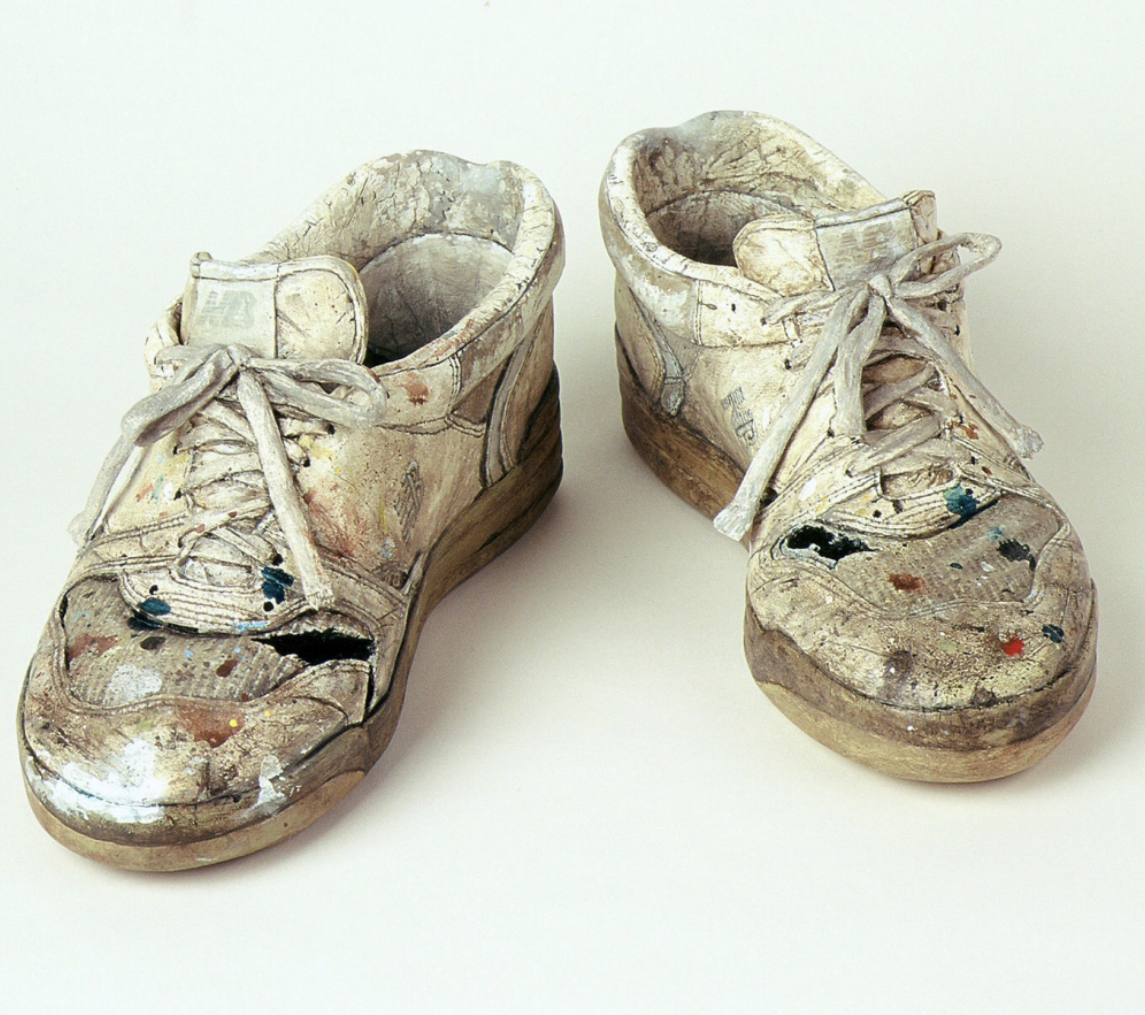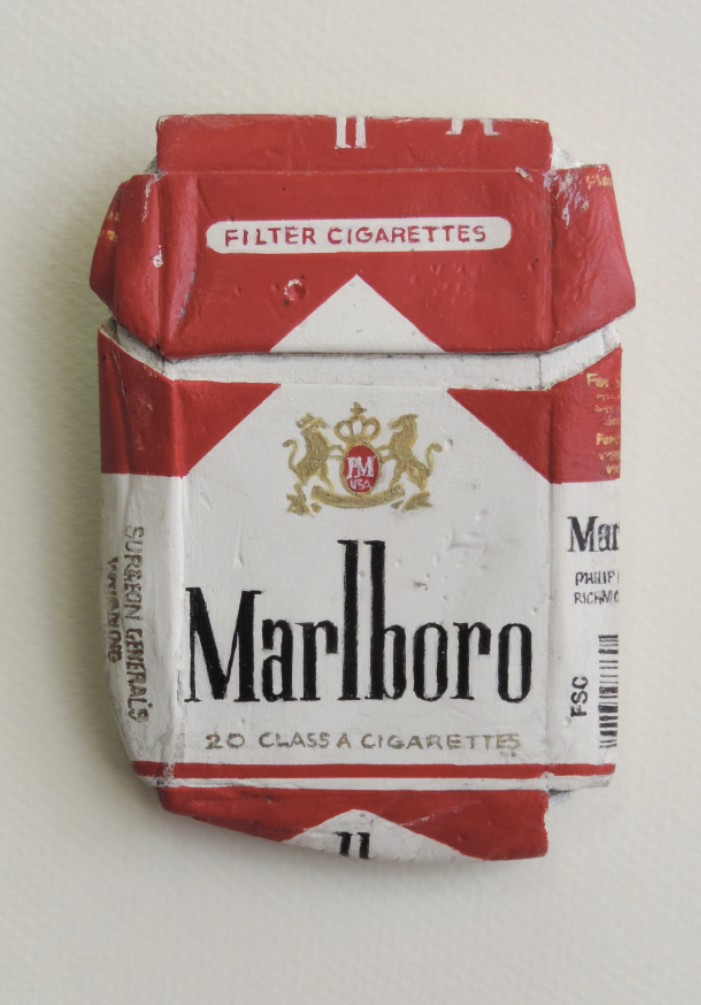Thomas Pfannerstill in Studio
Thomas Pfannerstill’s trompe l'oeil sculptural wood carvings are a wonder to behold. Below, Pfannerstill speaks to his interest in truth, realism, fooling the eye, and his interest in advertising and mass production. Accompanying this Artist Insights blog post is an Artsy online exhibition and an exhibition catalogue viewable on Issuu.
What is truth? How, especially in this time of alternative facts and fake news, does one actually ‘know’ something? I was pondering these questions many years ago and I knew I wanted my art to reflect something I knew to be true. I didn’t want my art based on something someone else had done, rely on news reports that had been selectively edited, or from something I had heard or had been told me. One of the things I knew for certain was the things I spent time with every day in the studio. I knew my tools, in fact used them every day, especially the brushes. After many months the brushes build up a patina of use, old paint dried on the handles and in the ferrules, colorful fingerprints are left, the bristles get bent and worn. In the same way a sculptor carves a bust or a painter paints a landscape, I used these brushes, something I knew to be real, as my subject and I started carving and painting copies of them.
I went from there to making other objects in my studio, carefully carving them out of wood and painting every mark and detail that made them unique. I remade my tools, tape measures, hammers, chisels, scissors, my clothes, even my shoes and the shirt and pants that I wore when I painted. I had a show of my re-made brushes, in all shapes sizes and colors, installed in a line circling the entire gallery along with the other re-made objects ‘From the Studio.’ All of these objects had that same patina of use, wear and tear that was evident, and were marked in paint acquired from past projects. In a sense, they wore their own history.
Much later, on one of my daily walks, I happened upon a Marlboro Cigarette box on the street. I heard that at that time, that logo was the most recognized logo in the world. Residing in the tobacco state of Kentucky and knowing there was a Philip Morris plant making Marlboro cigarettes in west Louisville, this package became a symbol of place and time. I picked it up and carried it to the studio and made a note of where and when I found it, it seemed important for several reasons to do so. Like the studio objects, I carved it out of wood and painted it as close to the original as I could. It was important to me to reproduce every detail. I wanted to represent this ‘gift from the street,’ this tiny part of the world that I could hold in my hand, spend time with and get to know. I could not be sure I had truly observed every detail unless I could paint it with a brush.
I have been doing this same thing for over thirty years, finding interesting things in the street, taking them to the studio and making copies in wood. It is not only a personal challenge to reproduce these humble objects, it’s a routine of close observation and thorough looking, coupled with disciplined production. It has become almost a meditation. I never thought of that at the time I first started making them, but much later I found a quote that made me think I had stumbled into mindfulness.
Mindfulness “functions in an atmosphere of detachment...[and] aspires
toward a pure objectivity, an awareness which reflects the nature of objects
as they are, without adding to them, without elaborating upon them, without interpreting them through the screens of subjective evaluation and commentary.”
Bhikku Bodhi, American author and Theravada Buddhist monk
From the Street: New York Coffee Cup 2x, 2020, acrylic on carved basswood, 8.75 × 9.75 in.
I can’t say why certain things appeal to me, but when there is an abundance of trash on the street, I have to be selective. Sometimes I like the way it’s been crushed or torn, sometimes how it is marked by tire tracks or footsteps and everyday grit and grime, sometimes the product itself has a special meaning. The thing they have in common is they have lived a life of a sort, and bear witness to that in the way they have been marked. No two have taken exactly the same path so this simple object, identical to millions of others like it when it was made, has become individualized. The world has left its mark on these objects and this is what I want to capture.





